When it comes to snakes, people often associate them with mystery, danger, and beauty. Among the wide variety of snakes, black snakes with white stripes stand out due to their striking appearance. These snakes are not only fascinating because of their distinctive coloration but also for their unique biological features and behaviors.
In this article, we will explore 18 black snakes with white stripes, providing detailed information on each species, their habitats, and interesting facts that will give you a deeper understanding of these remarkable creatures.
What Are Black Snakes with White Stripes?
Black snakes with white stripes are a group of snake species characterized by dark black or dark-colored bodies with contrasting white stripes running along their bodies. These stripes often appear as bold, eye-catching patterns, and the black background enhances their visual appeal. The combination of these colors gives them an almost hypnotic appearance.
These snakes can be found across various parts of the world, each species having its own unique features and environmental preferences. Many of these snakes are non-venomous, making them relatively harmless to humans, though some species may have mild venom for subduing prey.
Different Types of Black Snakes with White Stripes
California King Snake
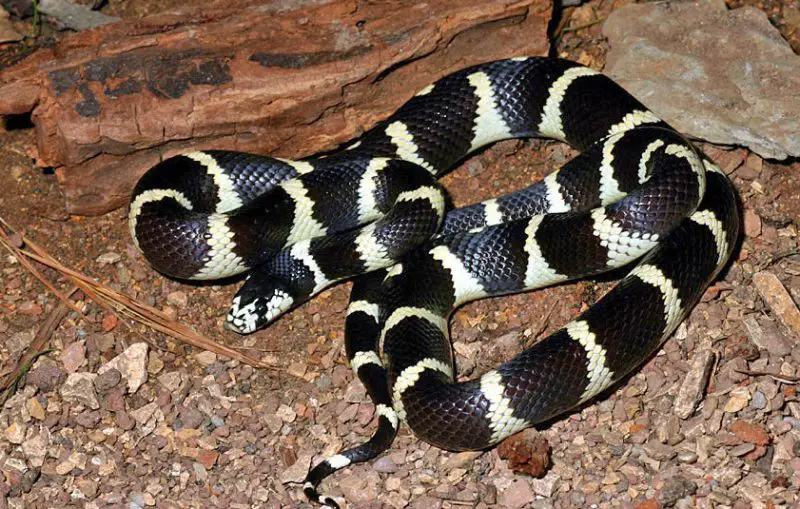
In addition to its characteristic black and white body with alternating stripes, the California King Snake (Lampropeltis californiae) comes in a variety of hues, ranging from pink to dark brown. It is strong and non-venomous, and it can withstand and even kill venomous snakes by constriction.
It can overwhelm other snakes despite not having venom since it is resistant to venomous bites. It can grow to a length of 2.5 to 3.5 feet, making it one of the biggest black and white snakes in the United States.
The California King Snake is a significant species in its ecosystem and plays a vital role in managing snake populations. It is well-known for its impressive look and superb predatory abilities.
Speckled Kingsnake
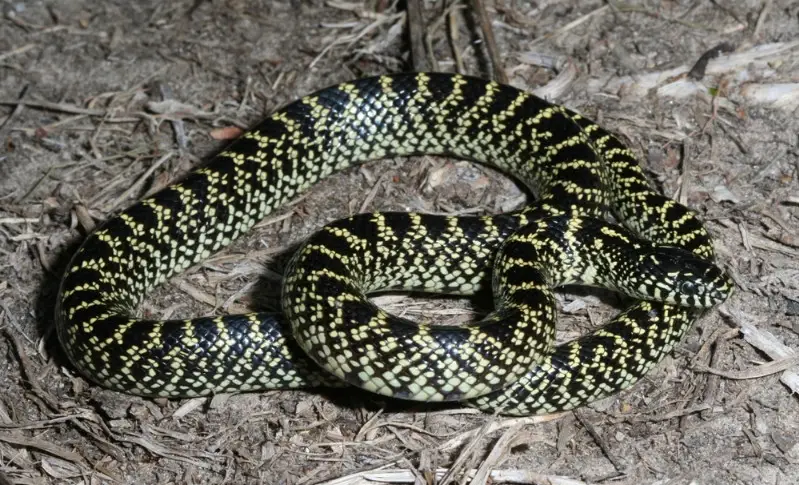
The black and white or black and off-white speckles on the dorsal and ventral surfaces of speckled kingsnakes (Lampropeltis holbrooki) are what set them apart. They are nonvenomous, frequently found in damp environments such as rivers and swamps, and mostly consume frogs and lizards. They sedate their victims by constriction.
Speckled Kingsnakes are skilled hunters who also use defensive strategies including emitting an unpleasant stench to ward off predators. Expelling feces to simulate death is another tactic used to avoid more serious dangers.
In their natural environment, Speckled Kingsnakes are easily recognized due to their distinctive coloring and defensive tendencies.
Long-Nosed Snake
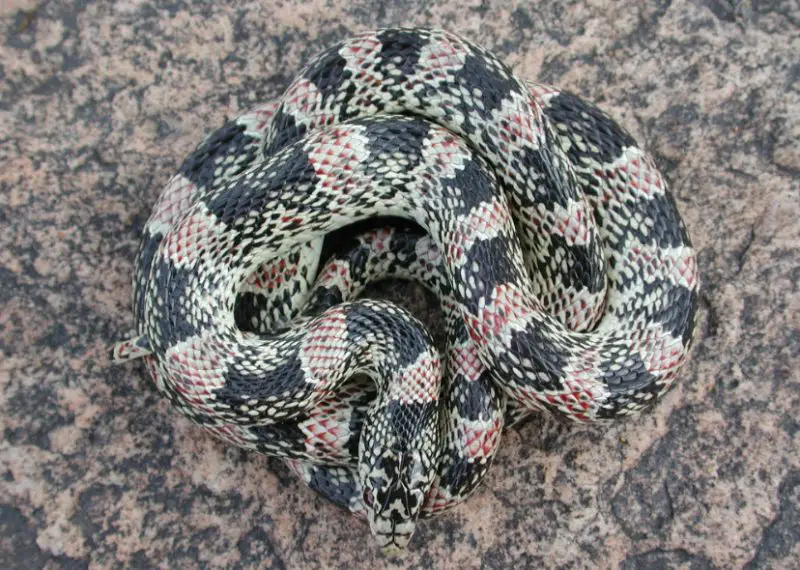
The Long-Nosed Snake (Rhinocheilus lecontei), which is native to North America and non-venomous, is easily recognized by its white underbelly and black and red dorsal striping. Despite its remarkable look, it is still mostly unknown since it is a secretive species that spends a large portion of its life underground. Long-Nosed Snakes are not dangerous to people; they only sometimes come out to hunt rodents, amphibians, and salamanders.
They use defensive strategies, such leaking blood or foul odors, to ward off predators when they feel threatened. Despite being innocuous, encounters with Long-Nosed Snakes in North American environments are noteworthy due to their unique coloring and reticent nature.
Eastern Kingsnake
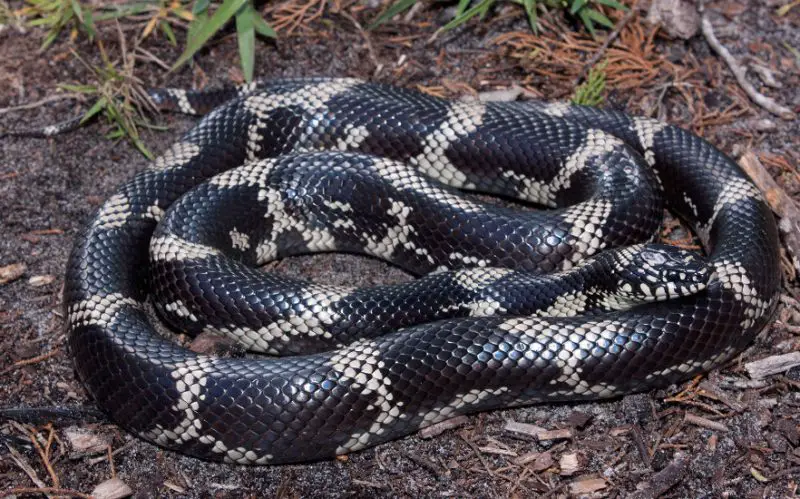
Typically black in color, eastern kingsnakes (Lampropeltis getula) have distinctive off-white stripes across the length of their bodies. They are also known as black kingsnakes or chain kingsnakes. These non-venomous snakes, which can grow up to 48 inches in length, are notable for controlling the numbers of venomous snakes like Copperheads and Cottonmouths by preying on them.
They are often seen under logs and rocks, particularly during the months of August to September when they deposit their eggs. They could live in the same burrows as deadly snakes during the winter. Although they are protected in several US states, Eastern Kingsnakes face threats from habitat loss and predation by imported red fire ants.
Black Kingsnake
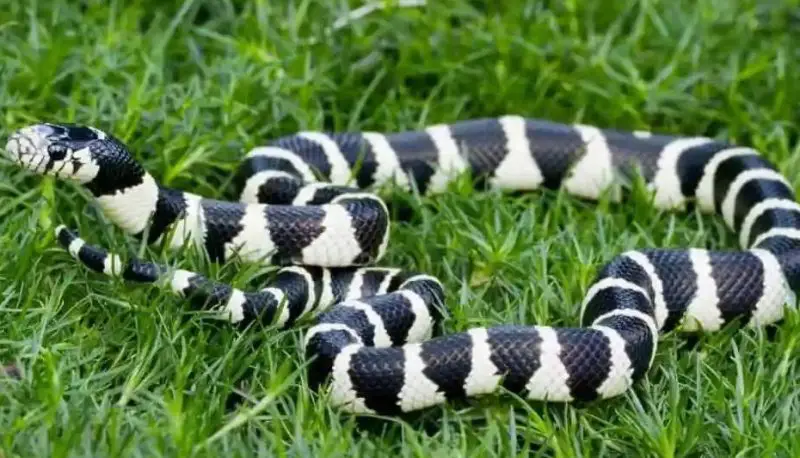
The black kingsnake, a subspecies of the common kingsnake, is identified by its body’s white or yellow-white crossbands or speckles. These non-venomous snakes are most frequently found in streams and marshes, though they can also be found in woods and other vegetated areas.
Because they hunt on dangerous snakes and are noted for their venom resistance, black kingsnakes earned the moniker “King.” Their ability to control poisonous snake populations highlights their ecological importance.
Eastern Milk Snake
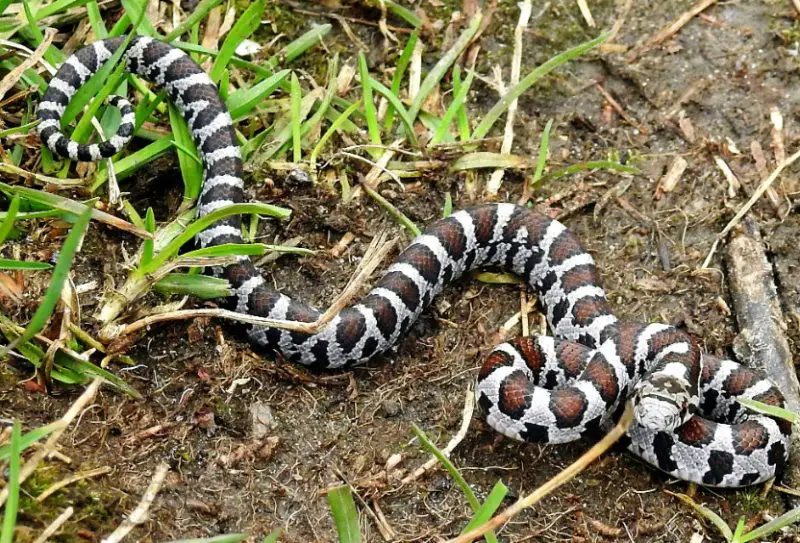
Known for its remarkable appearance, the Eastern Milk Snake (Lampropeltis triangulum) has a body pattern of alternating bands of red, black, and white scales. Its typical length is between two and four feet, and it lives in a variety of habitats throughout the Eastern United States and Canada. It is instantly recognizable due to its slim build and glossy appearance.
It is a useful species for managing rodent populations because it is nonvenomous, docile, and feeds on small rodents. It differs from other snake species in its region due to its unique coloring.
Striped Whipsnake
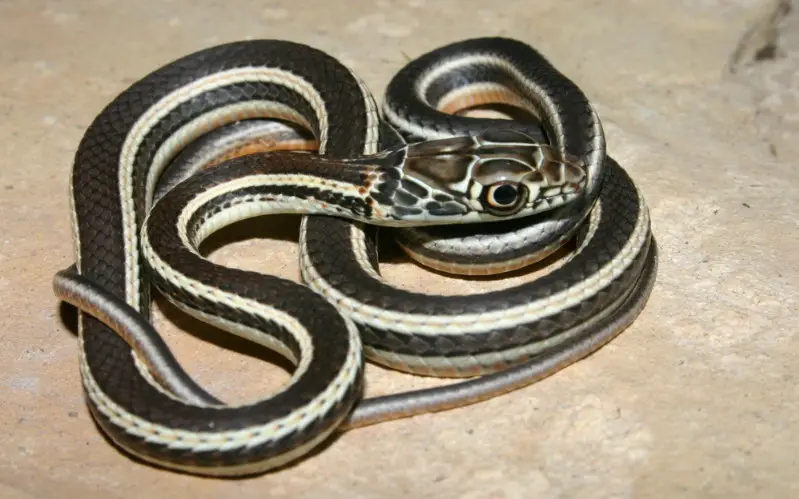
The Striped Whipsnake (Masticophis taeniatus) is easily recognized by its distinctive white-yellow stripes that run along its dark-to-black body. As one moves toward the head, these stripes turn from yellow toward the tail to white. They reside in animal holes, leaf litter, and beneath rocks. They thrive in a wide range of environments.
Although they have been seen to eat other snakes, particularly venomous ones like rattlesnakes, they primarily eat lizards. Striped Whipsnakes are incredibly adapted for survival; while not being venomous, they can withstand rattlesnake venom and often consume baby rattlesnakes.
Pine Snake
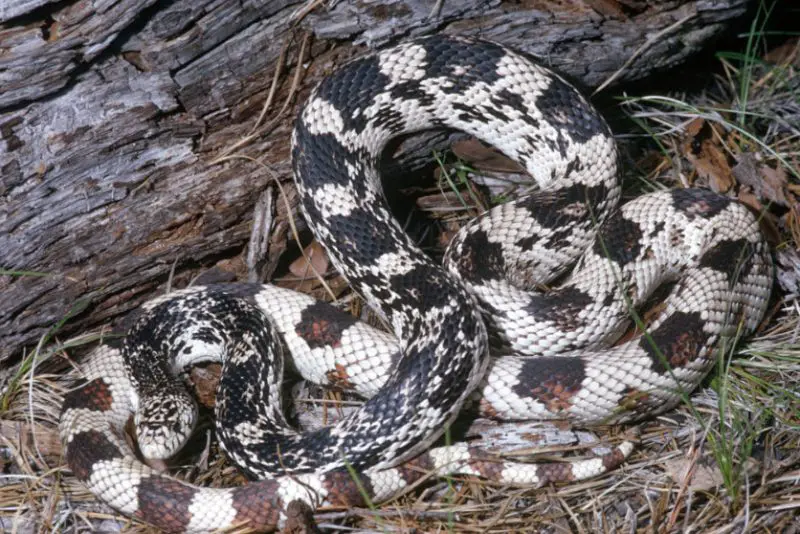
A range of hues, including black and white patterns, are displayed by pine snakes (Pituophis melanoleucus), also known as black and white snakes. These non-venomous snakes capture and subjugate small mammals, such as mice, by constriction. In order to effectively prevent escape, they enter the burrows of prey like mice and rats and utilize their bodies to pin and squeeze many rodents against the walls.
Pine snakes, which are well-known for their burrowing tendencies, are adept hunters who can eat multiple prey items during a single burrow visit, demonstrating their versatility and effectiveness.
Puget Sound Gartersnake
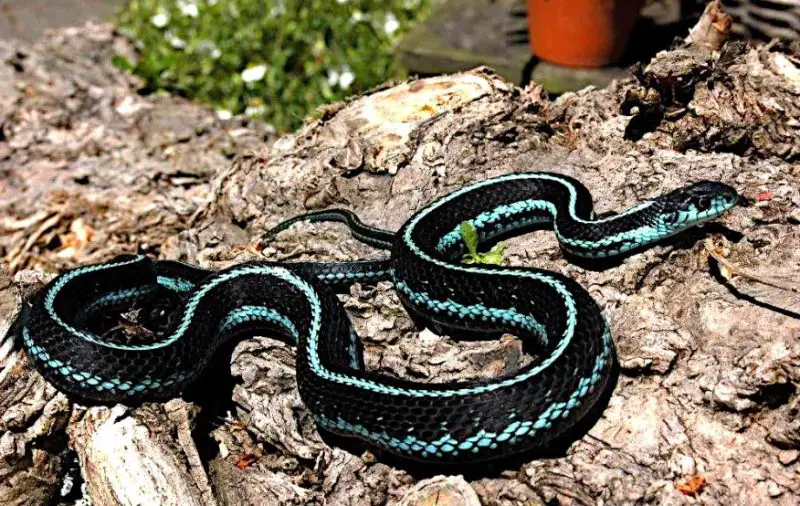
The Puget Sound Gartersnake (Thamnophis sirtalis pickeringii) has tiny stripes of white, yellow, or blue on a black background. This species is well-known for its versatility and can flourish in a variety of environments. It has evolved to generate mild venom, which is not a serious threat to people but may cause allergic reactions, in contrast to many other gartersnakes.
Instead of using rear fangs to deliver this venom, it uses toxic gums. Because of its remarkable resistance to tetrodotoxin, the Puget Sound Gartersnake is able to feed on toxic salamanders, especially Newt salamanders, which other predators tend to avoid.
Gopher Snake
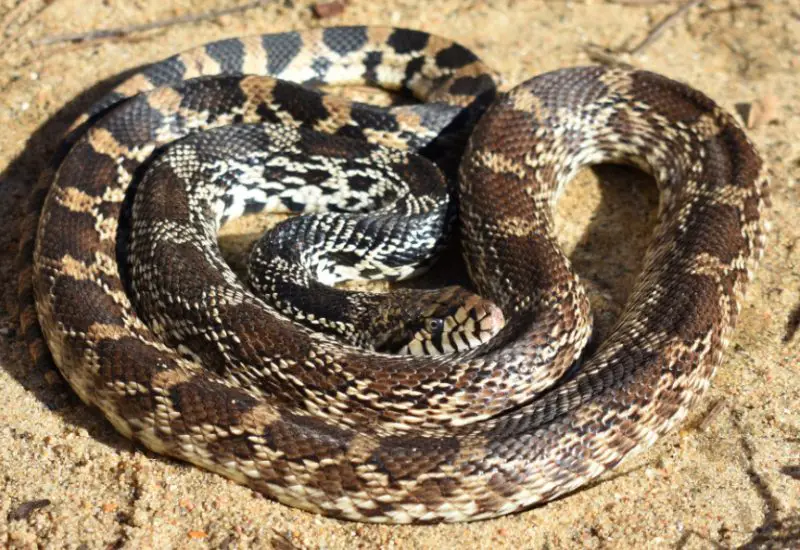
The black and white or beige and brown hue of gopher snakes (Pituophis catenifer), often called bullsnakes or Pacific gopher snakes, frequently causes them to be mistaken for rattlesnakes. These versatile snakes can be found in a wide range of US environments, from mountain slopes to deserts. They are frequently seen in marshes and are easily identified by their characteristic black and white spots.
Although they will eat lizards, gopher snakes mostly eat rodents and rabbits. They are among the most prevalent snake species in the US due to their adaptability and varied food, which also contribute to their prevalence in many states.
Black Rat Snake
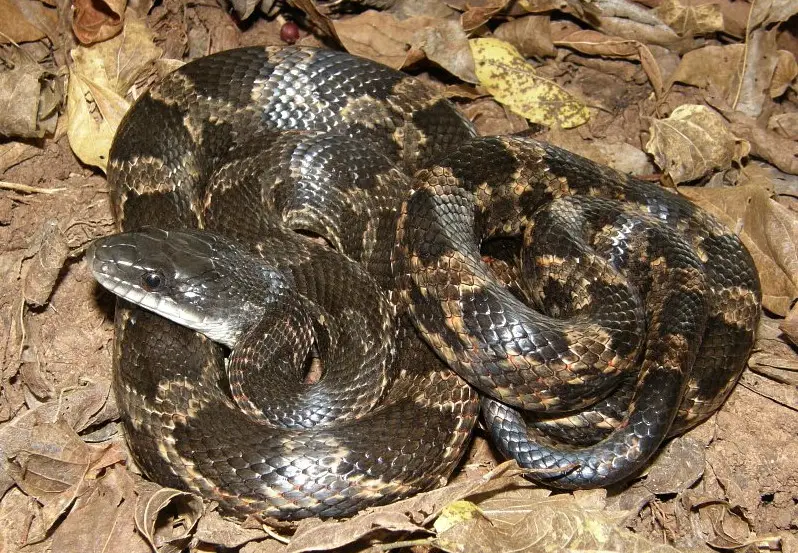
The Black Rat Snake (Pantherophis obsoletus), often referred to as the Western rat snake or pilot black snake, is easily recognized by its nearly all-black body, which has a white mouth, lips, and throat that show when it moves. This non-venomous species, which is frequently seen in trees, is an expert climber and constrictor.
Black Rat Snakes, which are widespread in the United States, use their climbing skills to get access to nests and burrows where they feed on rodents and birds. In their natural habitat, they are a remarkable and clearly identifiable species due to their unique colors and climbing abilities.
Western Massasauga
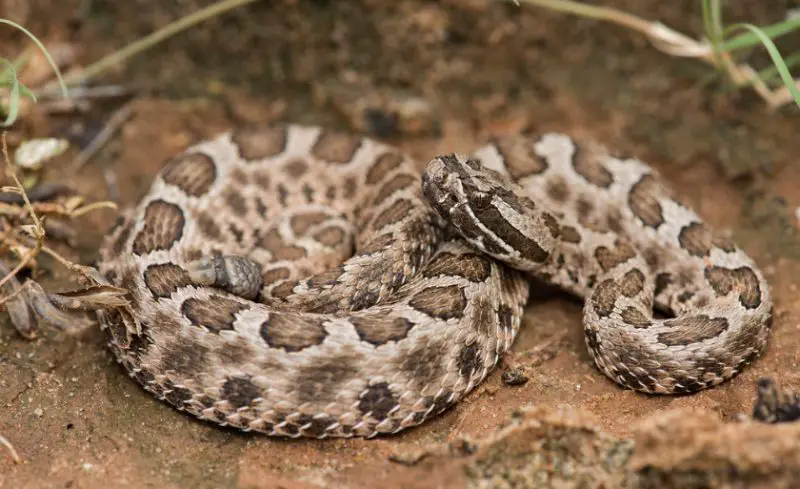
Black or brown dorsal patches with a white outline on a faded gray background are indicative of the Western Massasauga (Sistrurus tergeminus). Depending on their surroundings, they may exhibit subtle variations in color. Usually found in marshes in the winter, these poisonous snakes can also be found in plains and forests.
The Western Massasauga rattlesnake hunts rodents and other small mammals with its venom. It should not be handled because it is poisonous. This species may be recognized in the wild thanks to its unique pattern and preferred habitat.
Eastern Ratsnake
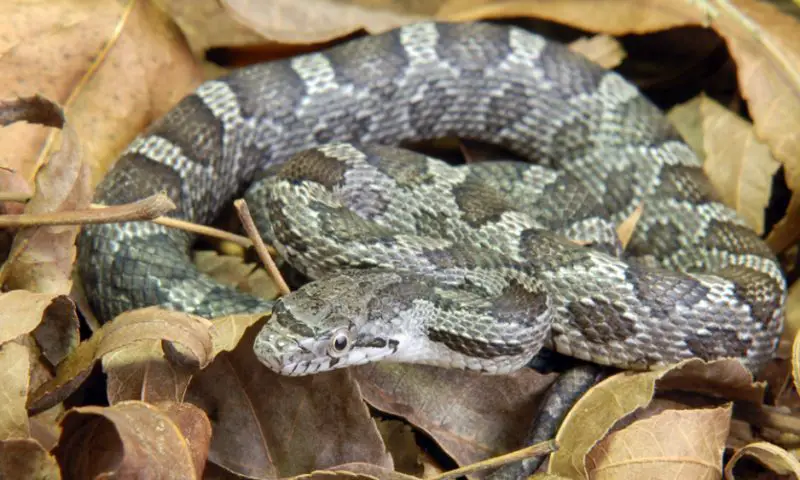
Dark gray dorsal pigmentation with a characteristic black and white chessboard-patterned underside are characteristics of the Eastern Ratsnake (Pantherophis alleghaniensis), sometimes referred to as the black rat snake or chicken snake. Because it is an arboreal species, it can live in a variety of settings, such as farms, forests, and even attics in homes.
During the winter, Eastern Ratsnakes look for warm places to hibernate. They consume frogs, lizards, and rodents. These non-venomous snakes are widespread throughout the United States and are adept climbers, frequently found in elevated locations for hunting or shelter.
Western Terrestrial Garter Snake
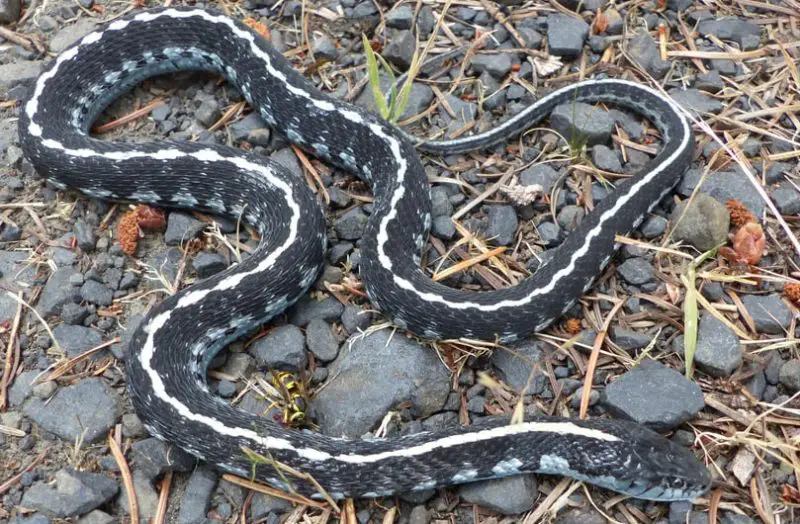
Although the Western Terrestrial Garter Snake (Thamnophis elegans) has a range of hues, its gray-green body, white stripe, and black dorsal patterning are typical. Some people have white dorsal lines with patterns of orange and black. Instead of having completely lethal venom, these snakes have mildly toxic saliva that aids paralyze small prey.
Bites can produce regional pain or swelling, although they are usually harmless to humans. These widely distributed, environmentally-adaptable garter snakes are easily identified by their characteristic stripes and color patterns.
Gray Ratsnake
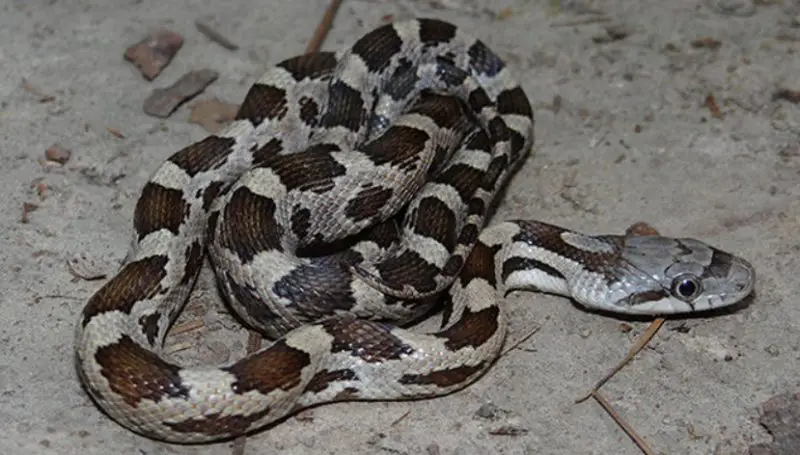
The Gray Ratsnake (Pantherophis spiloides), sometimes referred to as the Central Ratsnake or Chicken Snake, has a white ventral side and a dark gray to black dorsal. These snakes, which are ubiquitous in the US and Canada and are non-venomous, favor environments close to streams and wooded regions.
Gray Ratsnakes are known for their agility and skill as climbers. They use their climbing skills to hunt prey and avoid predators. They use constriction to catch a variety of rodents and birds for their meal.
Gray Ratsnakes, which are easily identified by their unique coloring and arboreal lifestyle, are both predators and prey that are vital to their ecosystems.
Southern Black Racer
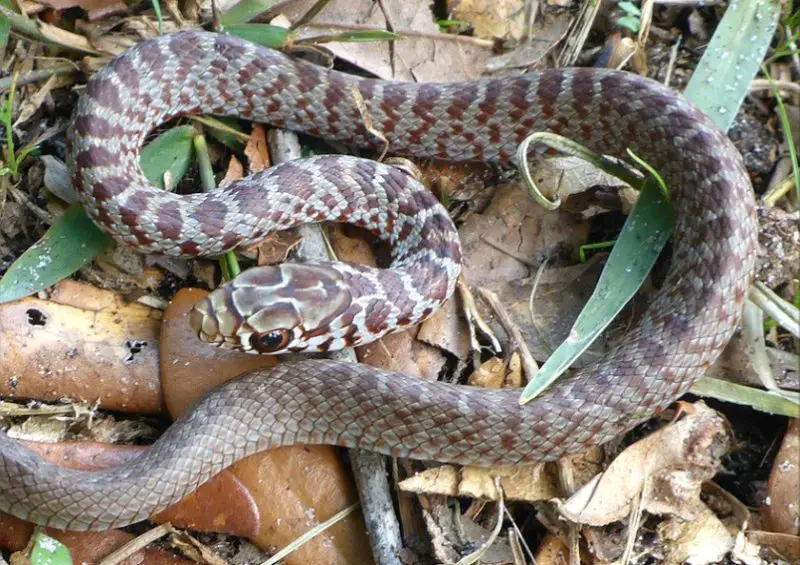
The body of the Southern Black Racer (Coluber constrictor priapus) is nearly all black, with a noticeable white throat and chin. It is found all over North America and is similar to the Indigo Snake except that it does not have the same dark red lip color. Southern Black Racers are non-venomous and can grow up to 56 inches in length. They eat a variety of foods, such as mice, moles, lizards, insects, and small snakes.
To subdue some animals, especially rodents, they use constriction, smothering them with forceful motions. Southern Black Racers are efficient predators in their environment because they frequently use this hunting strategy when they break into rodent nests.
Common Features of Black Snakes with White Stripes
Coloration and Pattern
The primary feature that distinguishes these snakes is their striking black body with contrasting white stripes. These stripes can appear as solid bands, specks, or irregular patterns depending on the species.
Habitat Diversity
While these snakes are found in various regions, from forests to deserts, they share a preference for areas where they can find ample food and shelter. Many species are highly adaptable, able to survive in a wide range of environments.
Non-Venomous Nature
Most black snakes with white stripes are non-venomous. Instead of relying on venom, they use constriction to subdue their prey. Some species, like the Kingsnakes, are even known for their ability to eat other snakes, including venomous ones.
Conclusion
Black snakes with white stripes are fascinating creatures that captivate both nature enthusiasts and casual observers. From the Eastern Kingsnake to the California Kingsnake, these snakes are a diverse group with unique behaviors and striking appearances. While many of them are harmless to humans, they play crucial roles in their ecosystems by controlling pest populations.
Whether you encounter one in the wild or admire them in a controlled environment, understanding these snakes can deepen your appreciation for the natural world. Remember, although some of these snakes may appear intimidating due to their markings, they are mostly non-venomous and contribute positively to their ecosystems.

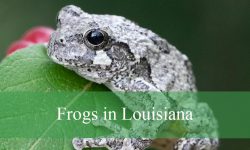
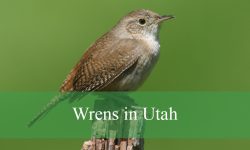
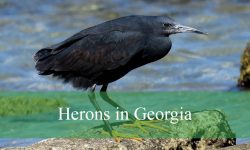
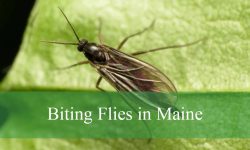
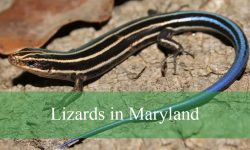

I did not see the one I saw. black head about i inch black strips around it with less than 1 quarter inch white b
etween the black ones